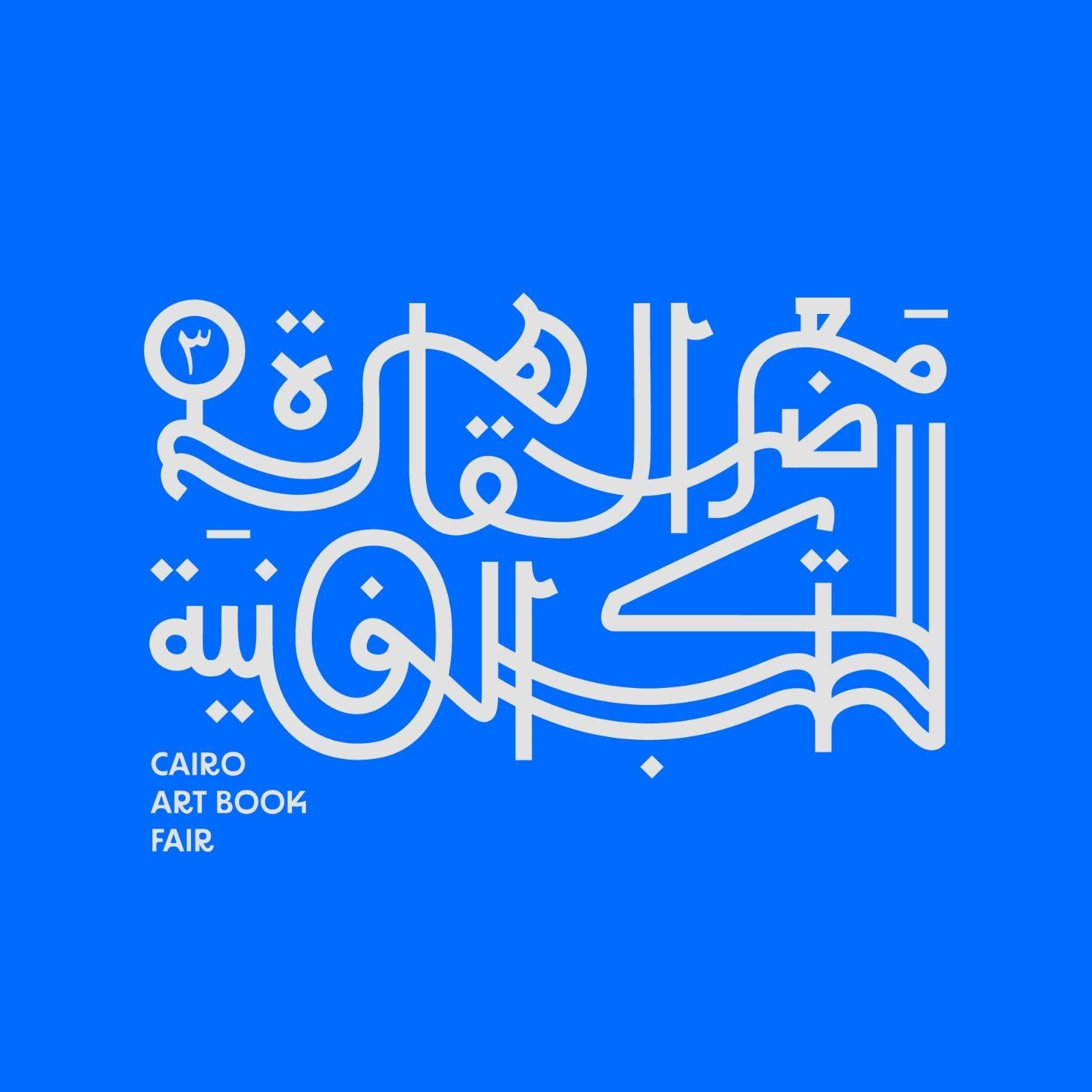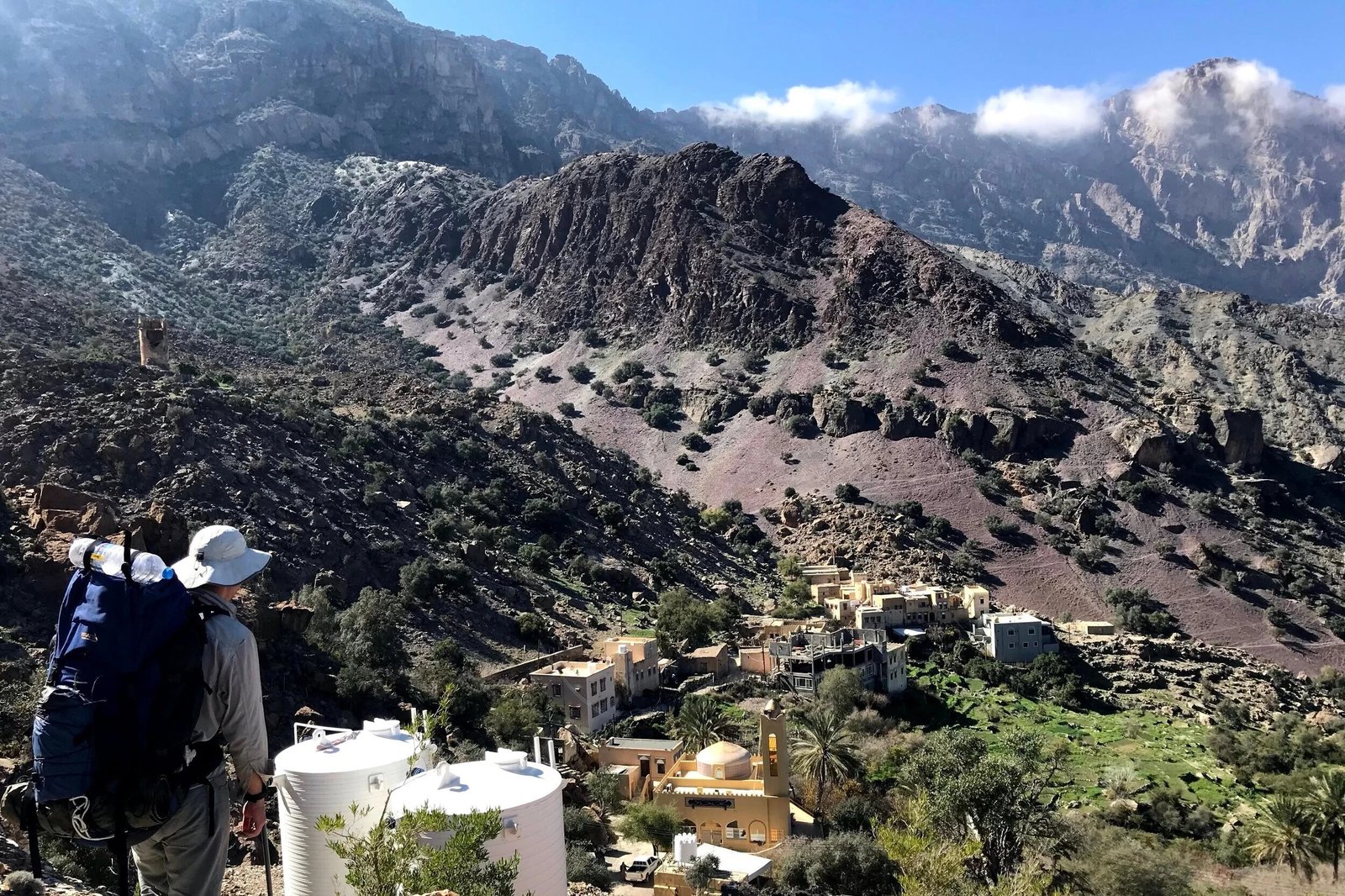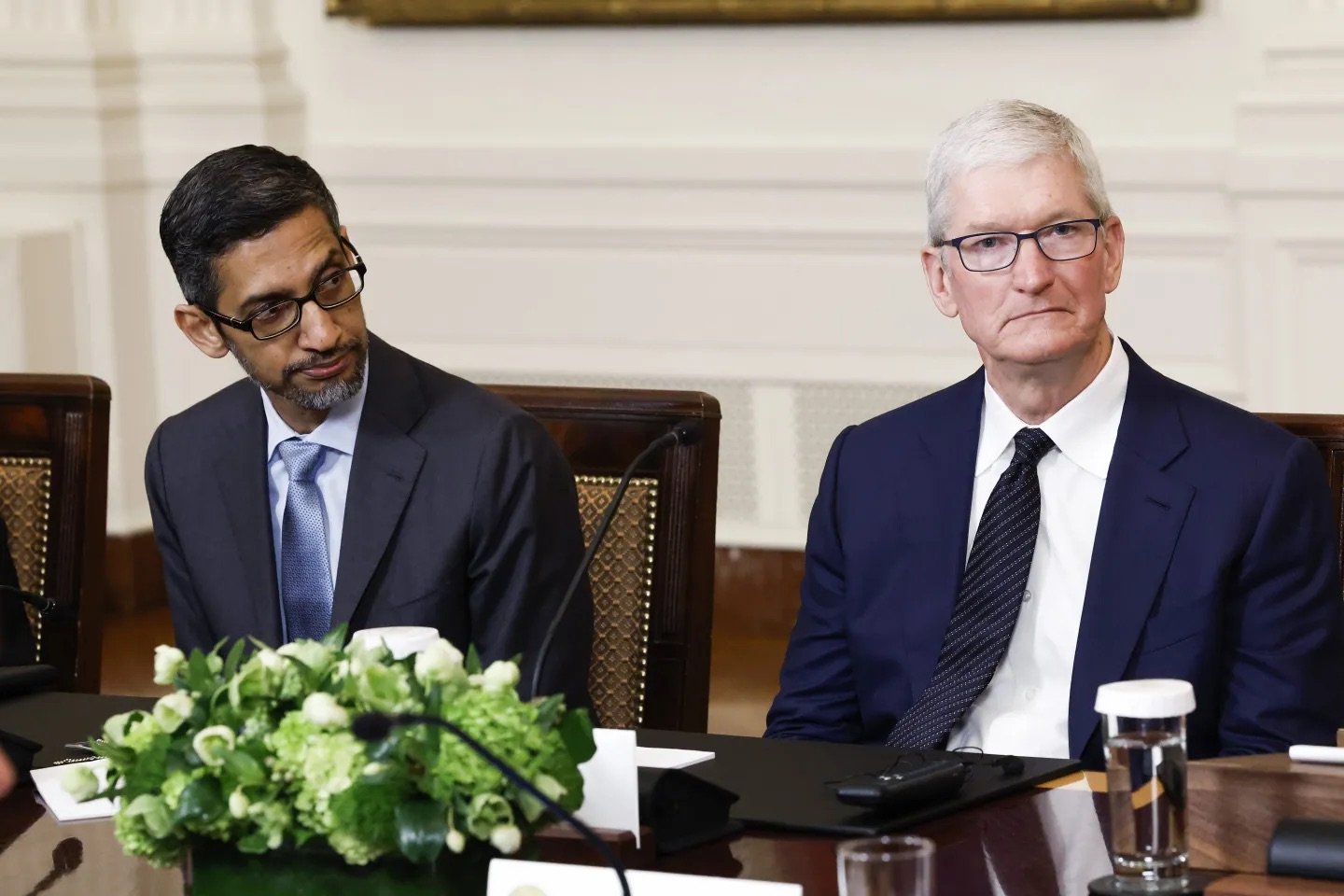The Arabian Gulf has long been a region of contrasts, ancient souks beside futuristic skylines, windswept deserts meeting turquoise waters, and centuries-old traditions thriving in ultra-modern cities. Yet for travelers eager to experience this diversity, bureaucratic barriers have stood in the way. That’s about to change.
Coming in 2026, the GCC Unified Visa will transform Gulf travel into a seamless journey of discovery. For the first time, visitors can explore all six Gulf Cooperation Council nations, Saudi Arabia, the UAE, Oman, Qatar, Bahrain, and Kuwait, with a single visa.
End of “Visa Fatigue”: How the Unified Visa Eliminates Multiple Applications
Anyone who has toured multiple Gulf countries knows the drill: separate applications, different requirements, varying processing times, and fees that quickly add up. A trip combining Dubai’s glitz, Oman’s mountains, and Saudi Arabia’s heritage sites could mean navigating three immigration systems before boarding your first flight.
The unified visa eliminates this. One application, one fee, and suddenly the entire Gulf becomes your playground. Think of it as the region’s answer to Europe’s Schengen visa, a single permit that opens multiple borders.
For spontaneous travelers, it’s a revolutionary concept. Weekend detour from Dubai to Muscat’s wadis? Extending your Riyadh business trip with days in Bahrain’s ancient forts? These become impulse decisions rather than months-long planning exercises.
Unlock Six Nations: Seamless Adventures from Dubai to AlUla
The real magic lies in the journeys it makes possible. Each Gulf nation offers distinct experiences, and combining them creates entirely new ways to travel the region.

Start in Dubai’s gleaming towers, drive across to Oman’s rugged wadis and coastal towns, then fly to Saudi Arabia to explore AlUla’s carved rock tombs or Jeddah’s historic quarter. Each country reveals a different facet of Gulf culture, all with one visa.
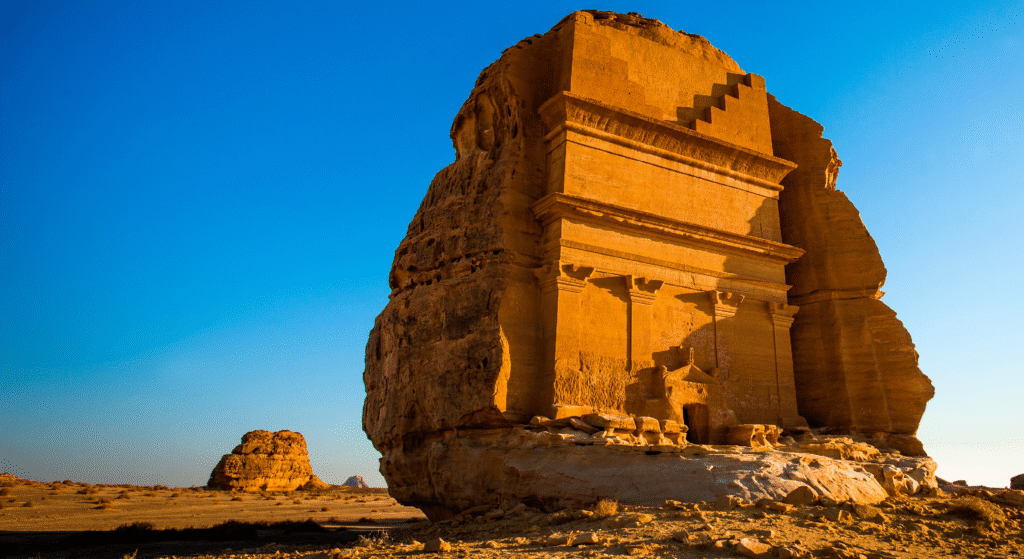
This also enables slower, more immersive travel. Instead of cramming one country into a week, travelers can spend a month drifting between nations, following curiosity rather than rushing between must-see sights. Perfect for digital nomads, long-term travelers, and anyone seeking extended warm-weather escapes.
Budget Travel: Making the Gulf Experience More Affordable for Tourists
The unified visa streamlines costs significantly. The single-country option costs between Dh330 and Dh380 for 30 days, while the multi-country “Grand Tour” visa ranges from Dh400 to Dh480 for 60-90 days. With current eVisa fees spanning Dh48 to Dh756 per country, this represents genuine savings for multi-country visits.
This affordability broadens the Gulf’s appeal beyond luxury travelers and business visitors, making the region accessible to budget-conscious backpackers, adventure seekers, and middle-income families.
Integrated Infrastructure: Supporting the GCC Visa with New Air and Ferry Routes

The visa’s timing aligns perfectly with expanding Gulf transport connections. The Bahrain-Qatar ferry makes adding another country as simple as a boat ride. New air routes between GCC capitals and improved road networks make cross-border travel increasingly practical.
This infrastructure growth, combined with visa-free movement, turns the Gulf into a genuinely integrated destination. Weekend trips between neighboring countries have become as simple as domestic travel.
GCC Visa Benefits: What the Unified System Means for Every Traveler Type
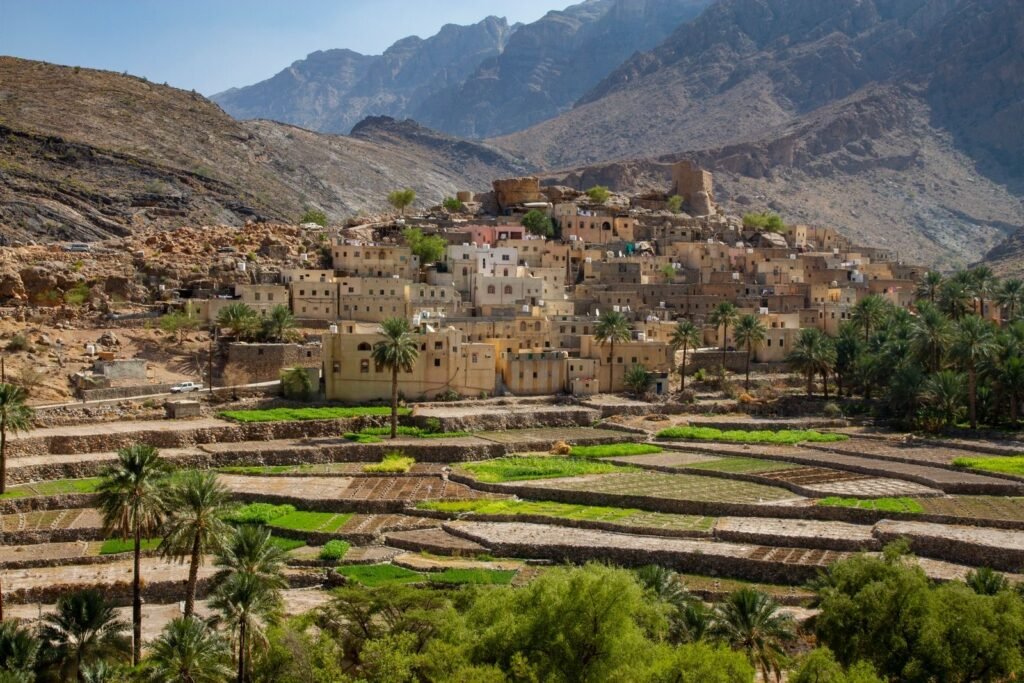
Adventure Seekers: Oman’s mountains and coastline, paired with Saudi Arabia’s desert landscapes and the UAE’s adventure tourism, create a paradise for hikers, divers, and thrill-seekers.
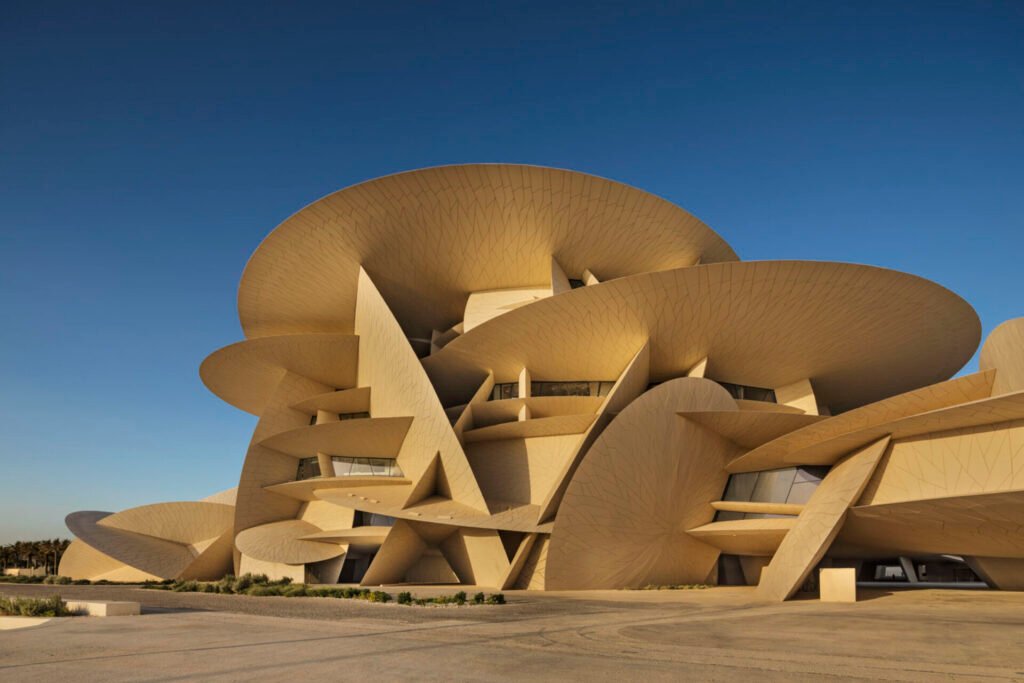
Culture Enthusiasts: Qatar’s world-class museums, Saudi Arabia’s ancient sites, Bahrain’s pearl-diving heritage, and Kuwait’s arts scene offer deep, varied cultural experiences.
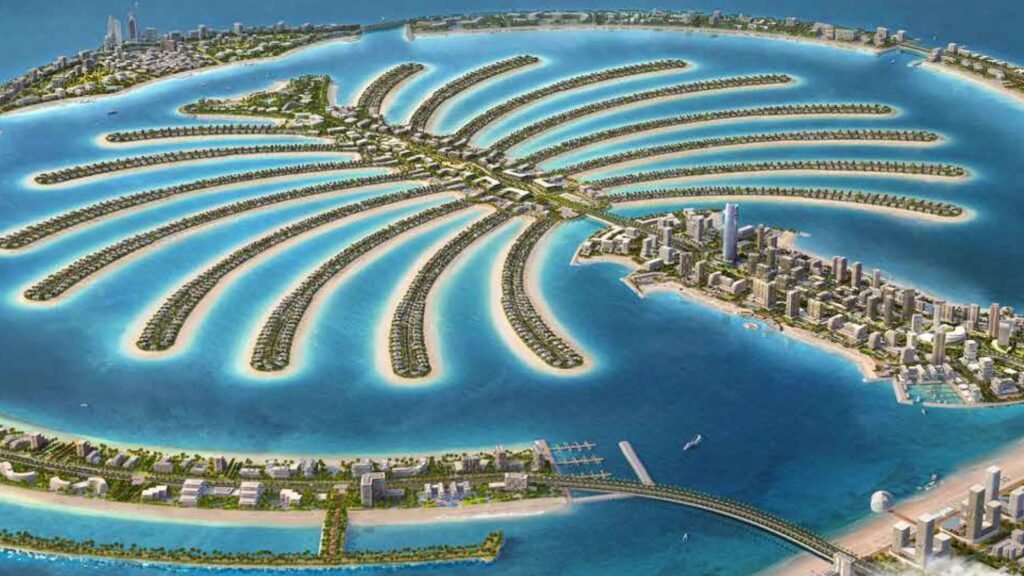
Luxury Travelers: Sample the best of each country, beachfront resorts in the UAE, mountain retreats in Oman, desert camps in Saudi Arabia, all seamlessly connected.
Family Travelers: Create memorable multi-country trips combining theme parks, beaches, cultural attractions, and outdoor adventures without visa stress.
Beyond Tourism: The Unified Visa as a Symbol of GCC Economic Cooperation
The unified visa represents more than convenience; it’s a bold vision of regional cooperation as Gulf states diversify their economies and strengthen ties.
Tourism is emerging as a crucial economic pillar across all six nations. Saudi Arabia’s Vision 2030 includes ambitious tourism targets. The UAE positions itself as a global hub. Qatar leveraged the World Cup to showcase its offerings. Each country is investing billions in tourism infrastructure.
The unified visa signals these nations aren’t just competing, they’re collaborating, recognizing that travelers who fall in love with one Gulf country will want to explore others.
What Travelers Should Know
While the 2026 launch approaches, travelers must continue following existing visa requirements. Once operational, applications will be submitted through a unified online portal, with visas valid for tourism and family visits only.
The visa won’t cover work permits or long-term residence, but for anyone wanting to experience the Gulf’s cultural richness, natural beauty, and modern marvels, it will unlock it all.
From Expo to World Cup: Is the GCC Region Ready for Peak Tourism?
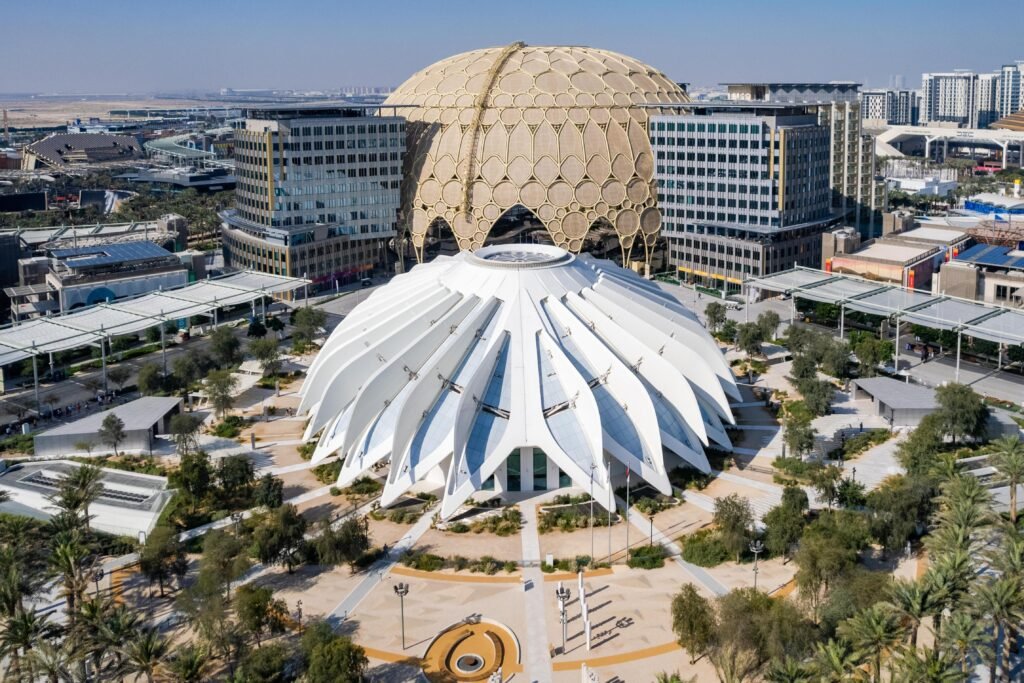
The Gulf has been building toward this for years. Massive investments in hotels, attractions, and infrastructure have transformed regional cities. International events from Expo 2020 to the FIFA World Cup proved the Gulf can impress global audiences. Regional airlines now rank among the world’s best.

What was missing was the ease of movement within the region itself. The unified visa fills that gap, removing the final barrier between travelers and the full Gulf experience.
In 2026, the unified visa will change what traveling in the Gulf means. Visitors won’t need to choose between countries or settle for a limited glimpse. They’ll wander freely across borders, discovering the layers of history, culture, and natural beauty that make the Arabian Gulf one of the world’s most compelling destinations.
The Gulf has always been a crossroads where cultures meet and ideas flow. Soon, with one visa in hand, travelers will experience that in full.





